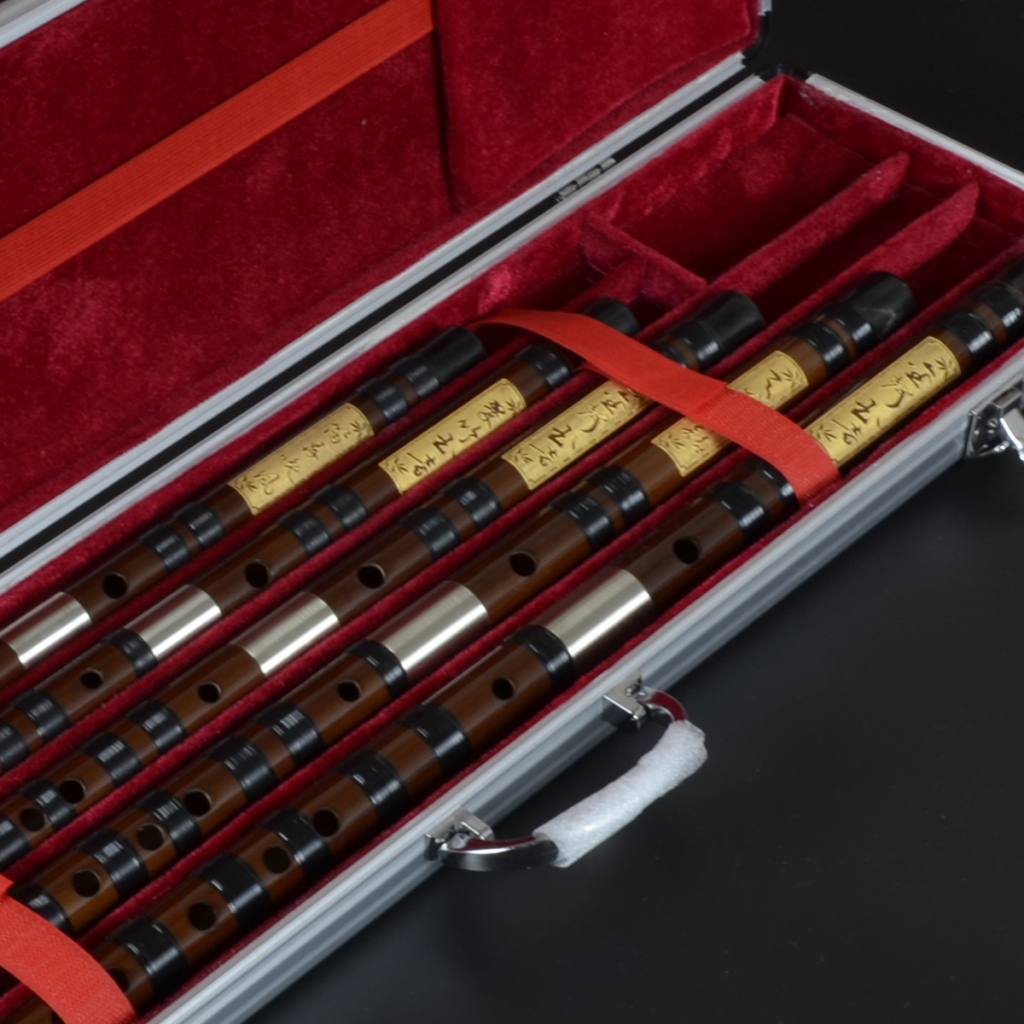Bamboo flutes are musical instruments that have been around for thousands of years and are an integral part of Chinese culture. These flutes are made from bamboo, a type of grass that is native to the southern parts of China and is known for its incredible strength and flexibility.
Bamboo flutes are an essential component of Chinese music, and they have played a significant role in shaping the musical traditions of China. They are usually made from a single piece of bamboo, which is carefully selected for its thickness, length, and straightness. Bamboo flutes are available in many different styles, and each style has its unique sound and playing technique.
In this article, we will discuss the history of bamboo flutes of Chinese origin, their construction, playing techniques, and their significance in Chinese culture.
See also: Information, facts and all about bamboo flutes

History of Bamboo Flutes of Chinese Origin
The history of bamboo flutes in China can be traced back to ancient times. The first references to bamboo flutes can be found in ancient Chinese literature, where they are mentioned as an essential musical instrument. It is believed that the first bamboo flutes were made by the ancient Chinese people using bamboo from the surrounding forests.
Over time, the art of bamboo flute making in China evolved, and new styles of flutes were developed. During the Tang Dynasty (618-907 AD), the Dizi flute, a crucial type of bamboo flute, became popular. The Dizi flute is still widely used in Chinese music today.
See also: History of bamboo flutes
Construction of Bamboo Flutes
Bamboo flutes are made from bamboo, a type of grass that is native to the southern parts of China. The bamboo used for making flutes is carefully selected for its thickness, length, and straightness. The bamboo is then cut to the desired length and diameter, and the nodes are removed.
The next step is to hollow out the bamboo using a special tool called a ‘flute maker’s knife’. The inside of the bamboo is shaped to form the bore of the flute, which determines the sound quality of the instrument. The tone holes are then drilled using a special tool, and the edges are filed to create smooth surfaces.
Finally, the bamboo is sanded and polished to give it a smooth finish. The mouthpiece is fitted with a cork or bamboo stopper, and the flute is usually decorated with carvings, paintings, or silk thread.
Playing Techniques
Playing bamboo flutes requires skill and practice. The player must hold the flute in a specific way to produce the desired sound. The fingers are used to cover and uncover the tone holes, which change the pitch of the sound.
The playing technique varies depending on the style of the flute. For example, the Dizi flute is played by blowing across the mouthpiece while covering the tone holes. The player must adjust the angle of the flute to produce different notes. Other flutes, such as the Xun flute, are played by blowing into a small opening on the side of the flute while covering the tone holes.
See also: History of bamboo flutes
Significance in Chinese Culture
Bamboo flutes are an essential component of Chinese music and culture. They have been used in traditional Chinese music for thousands of years and are an integral part of Chinese folk music.
In addition, bamboo flutes are often associated with Confucianism and Taoism, two of the major philosophical and religious traditions in China. The ancient Chinese believed that playing music, especially on bamboo flutes, helped to balance the forces of yin and yang and harmonize the mind and body.
Today, bamboo flutes are still widely used in Chinese music and culture. They are played in traditional orchestras, as solo instruments, and as part of Chinese opera. They are also used in modern music genres, such as pop and rock music.
See also: Information, facts and all about bamboo flutes
Conclusion
Bamboo flutes of Chinese origin are beautiful and unique musical instruments that have played a significant role in shaping the musical traditions of China. They are made from bamboo, a type of grass that is native to southern China, and are available in many different styles. Playing bamboo flutes requires skill and practice, and they are an essential component of Chinese music and culture.
